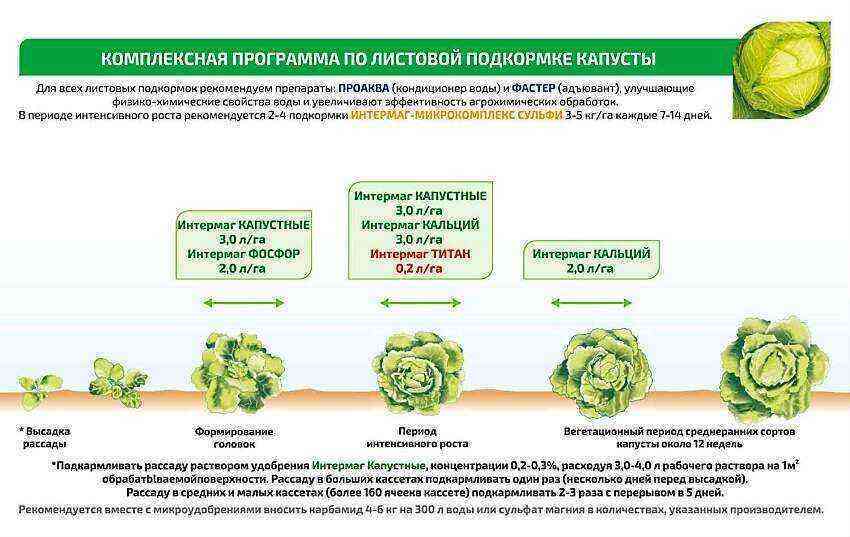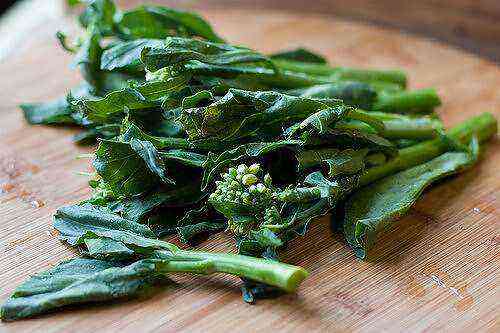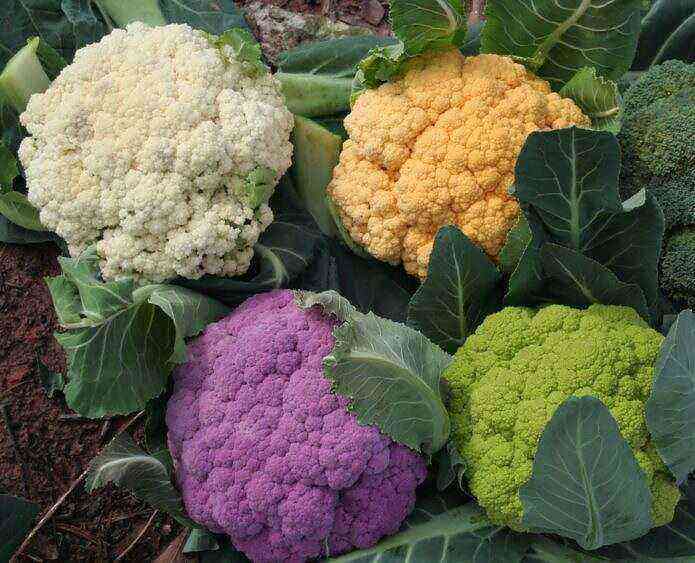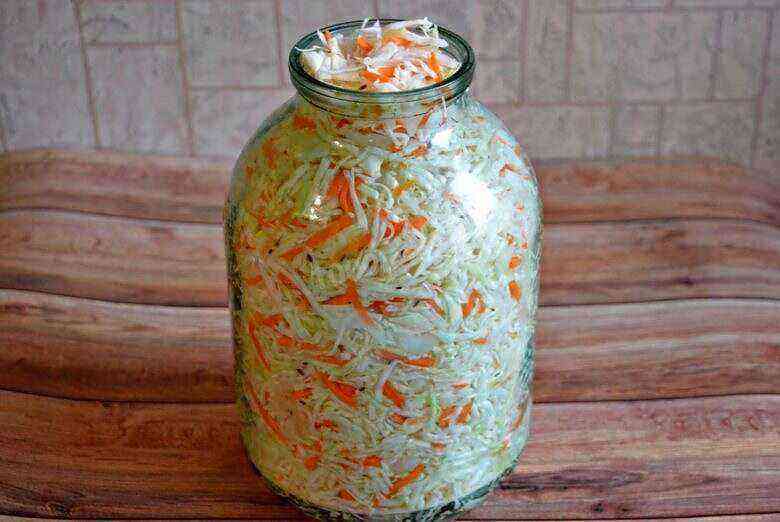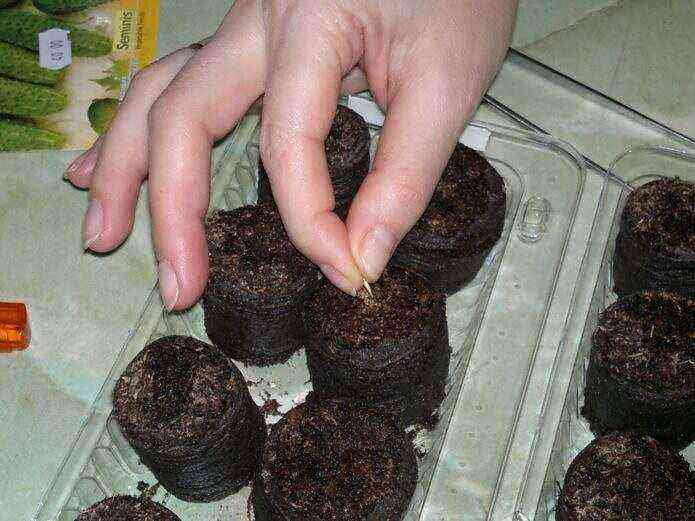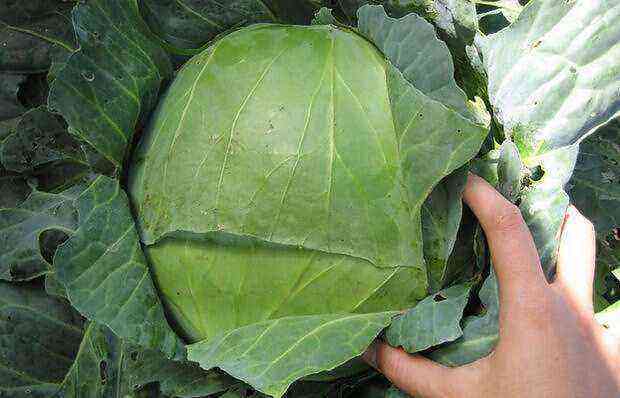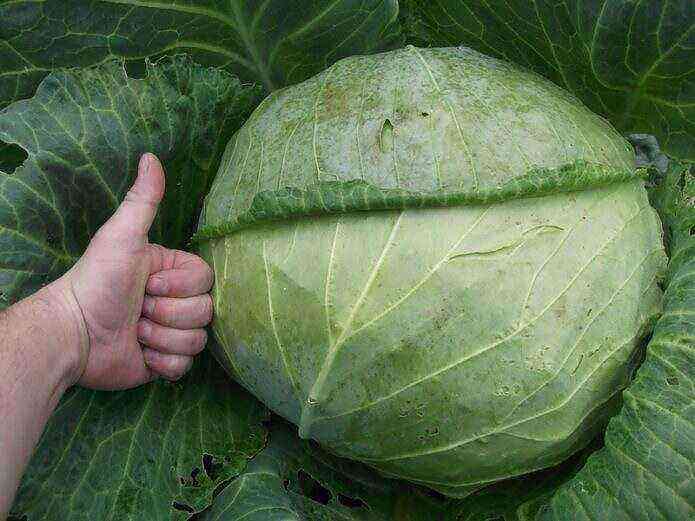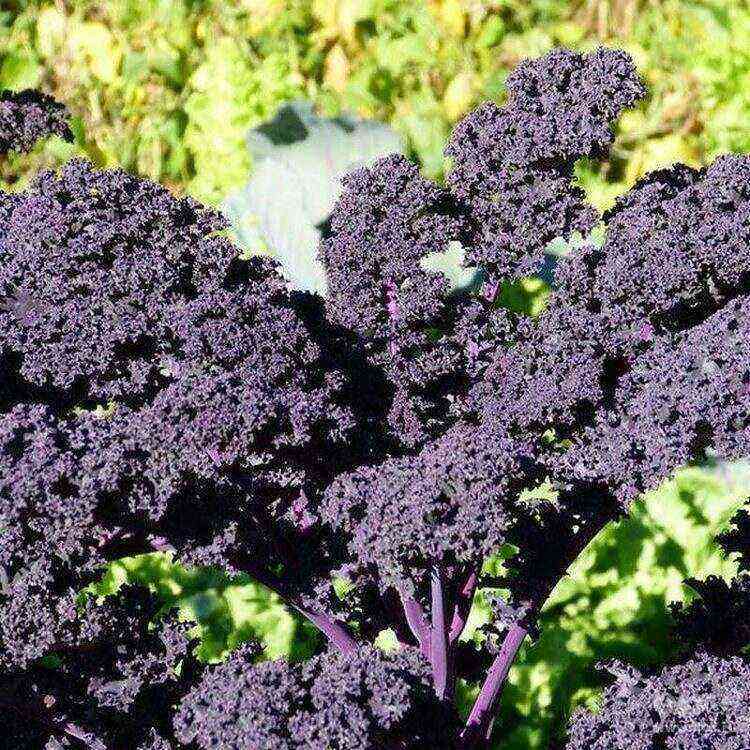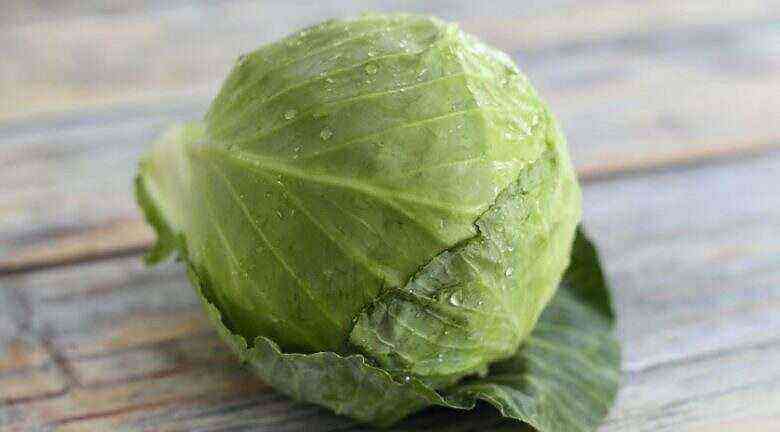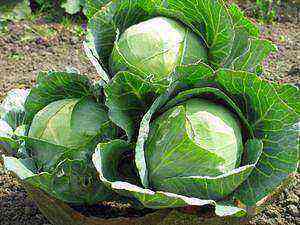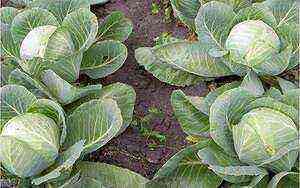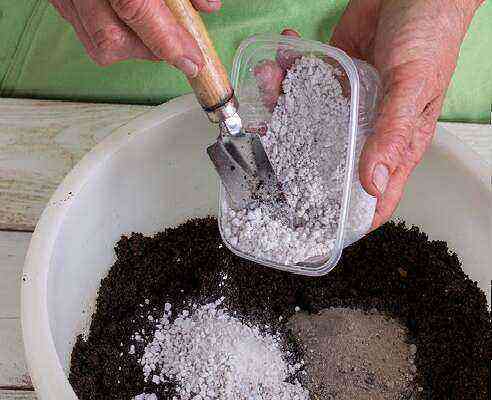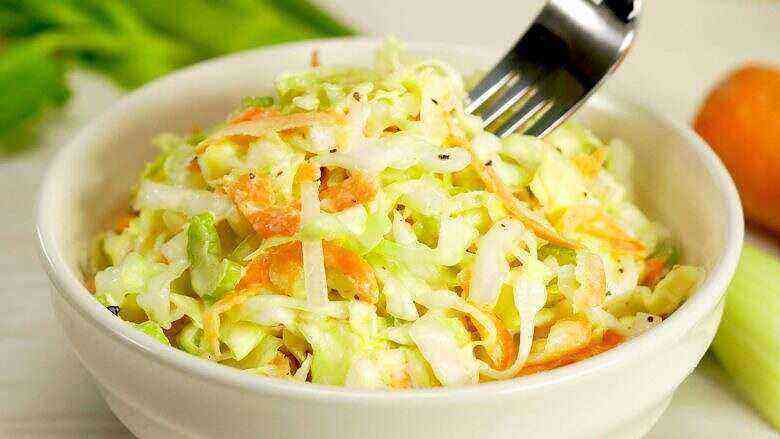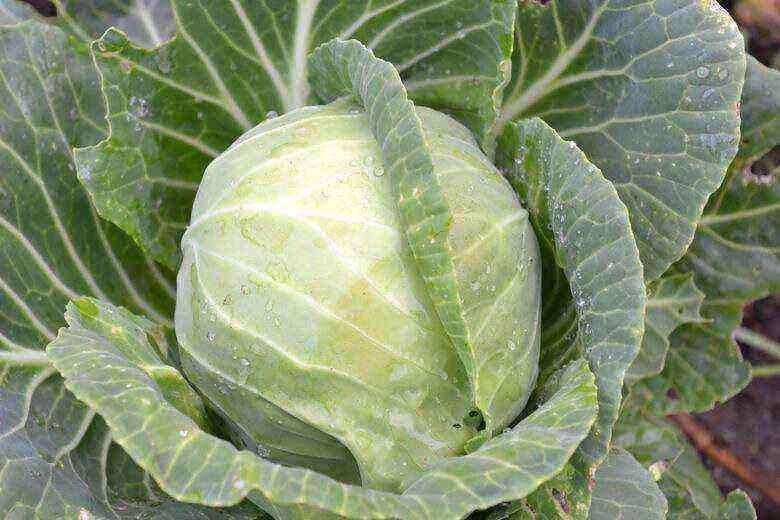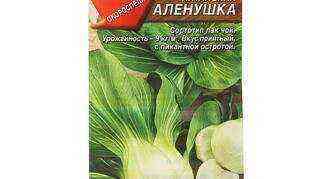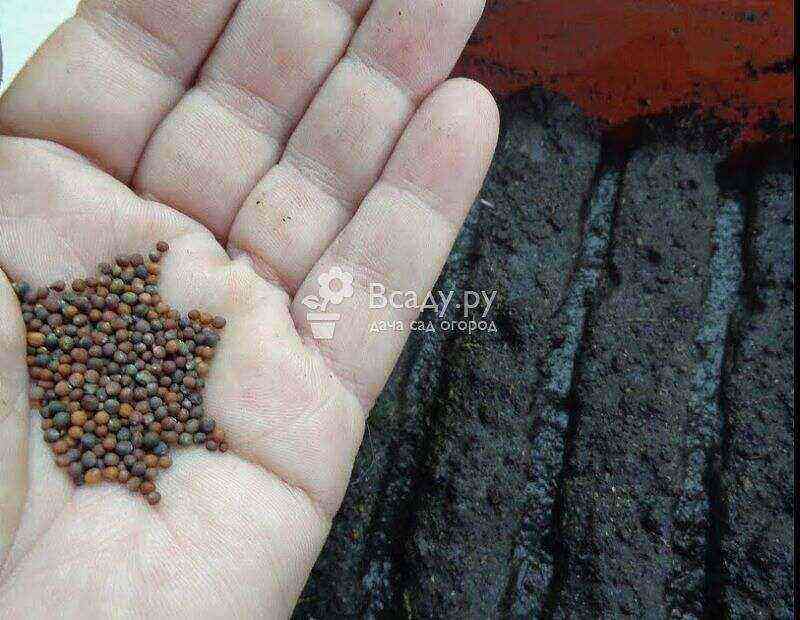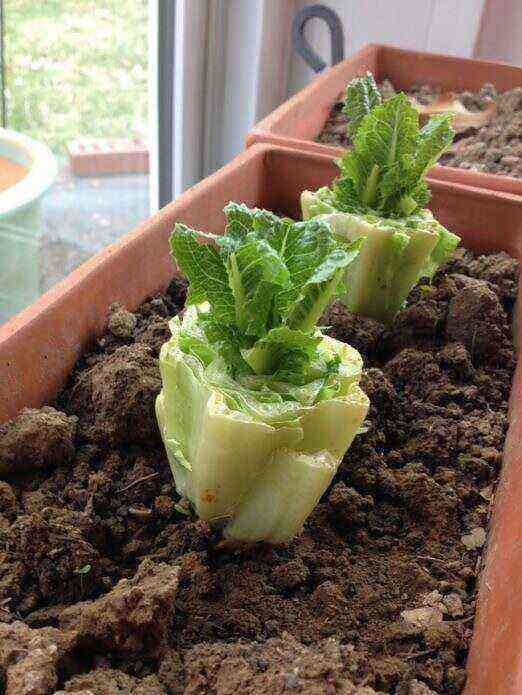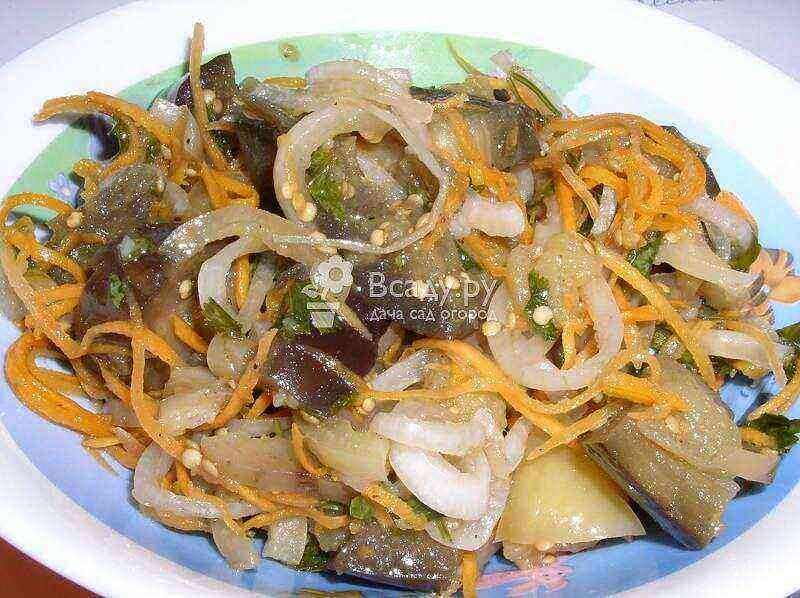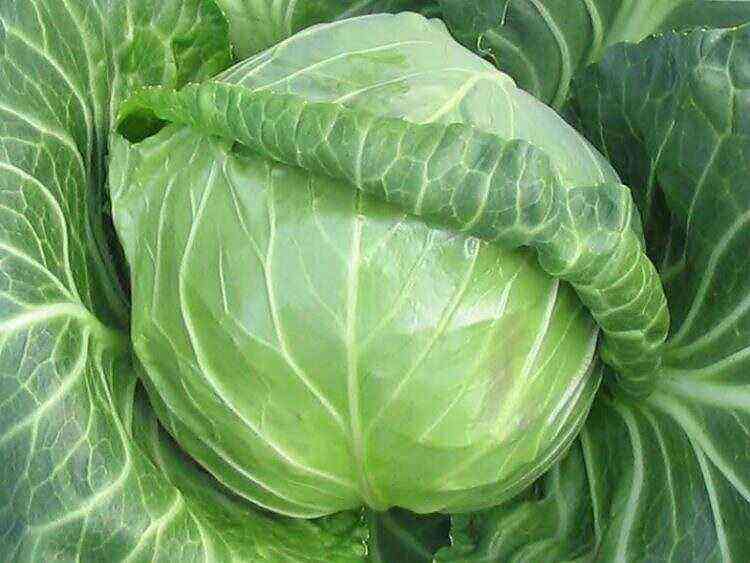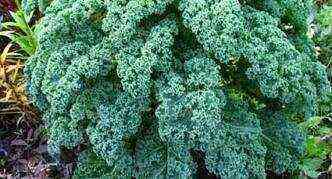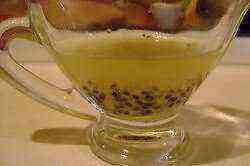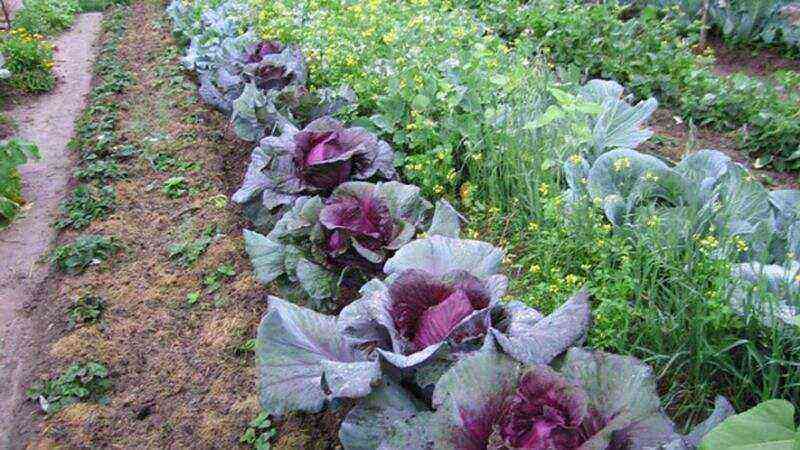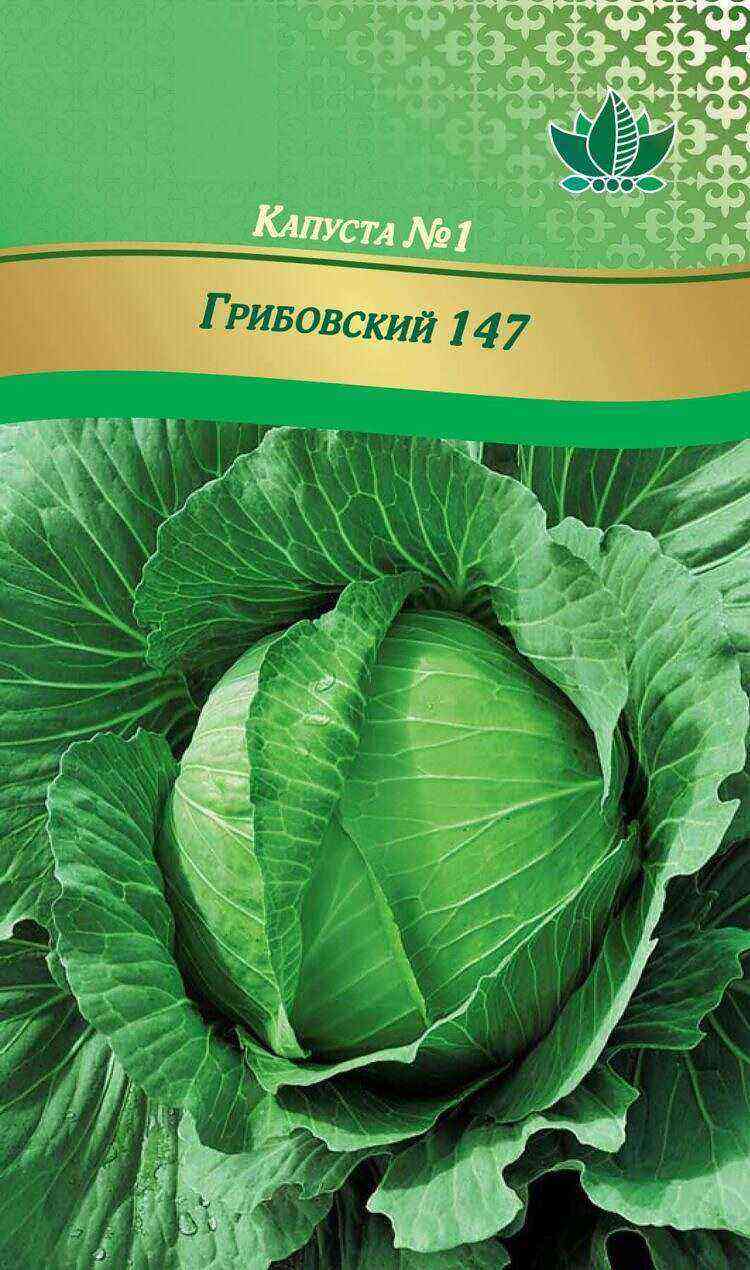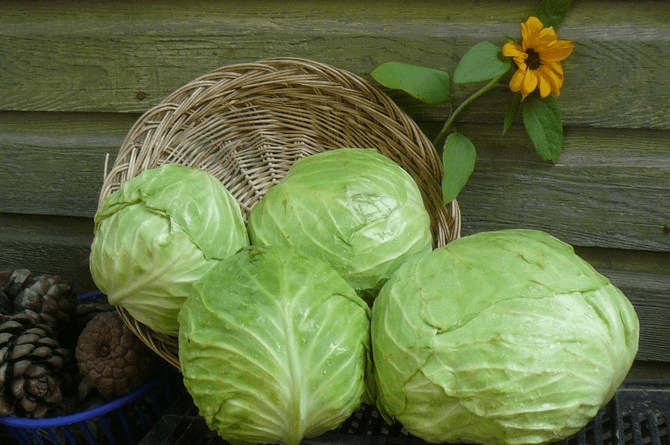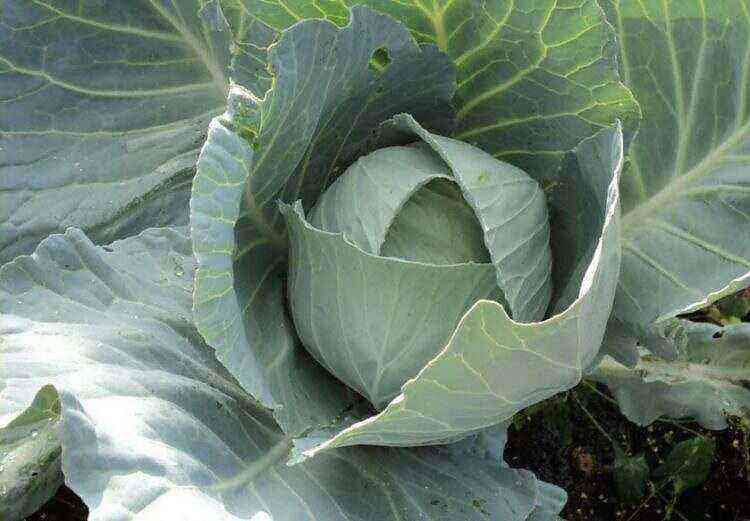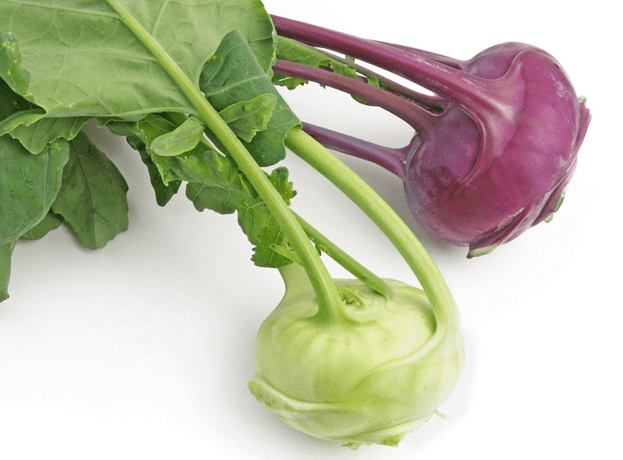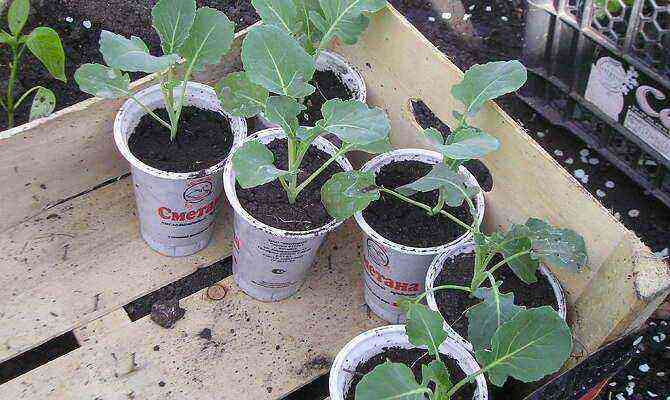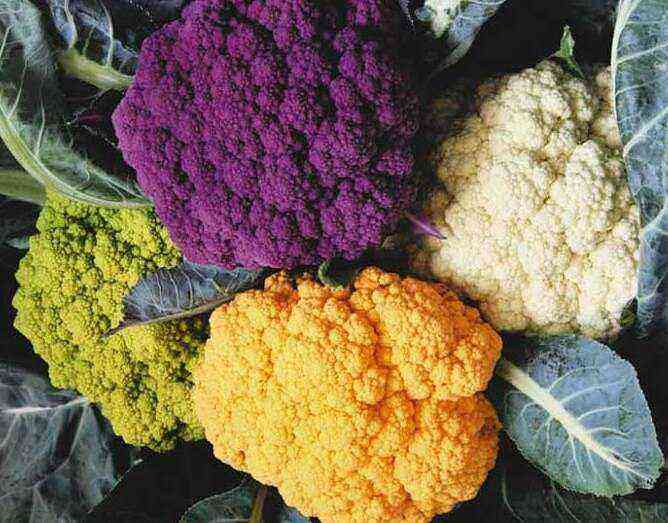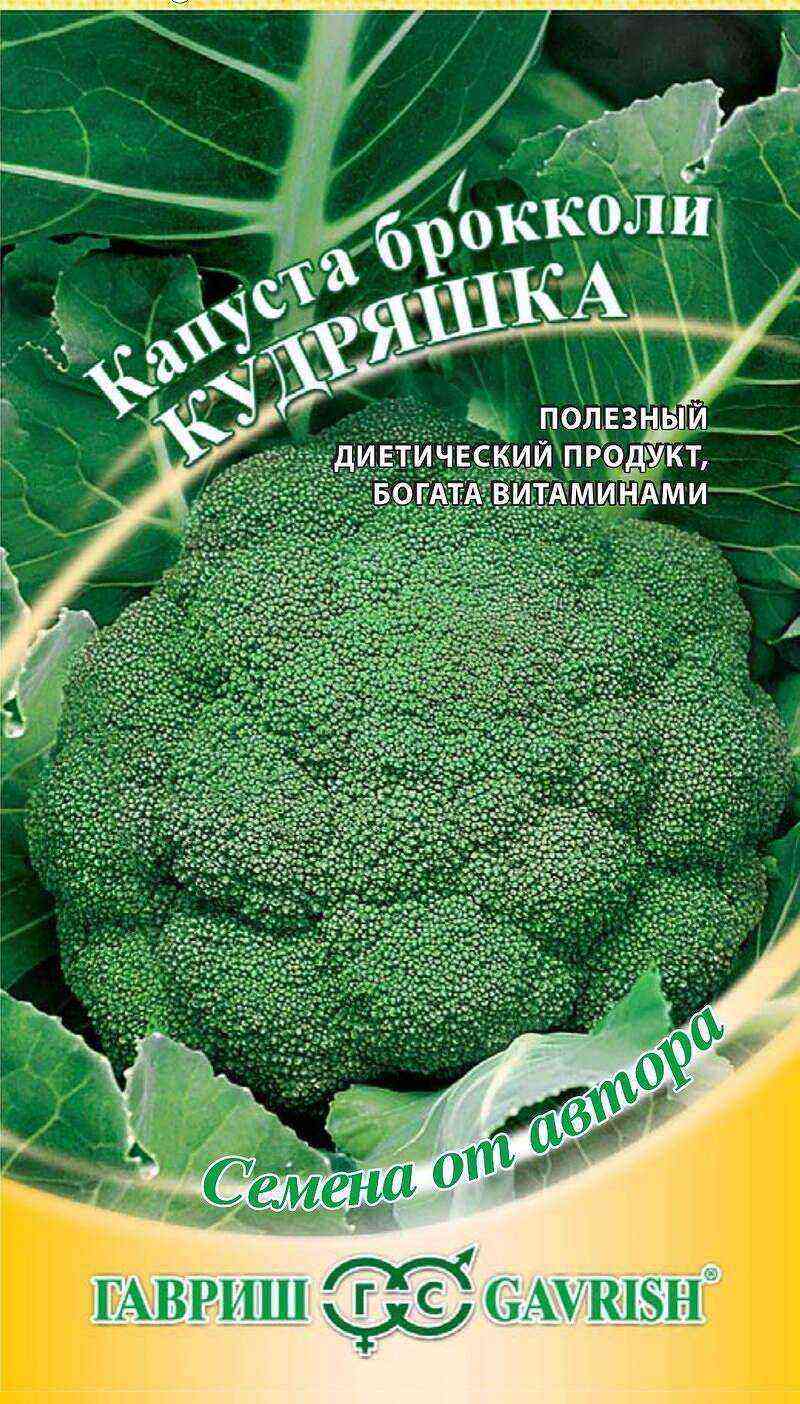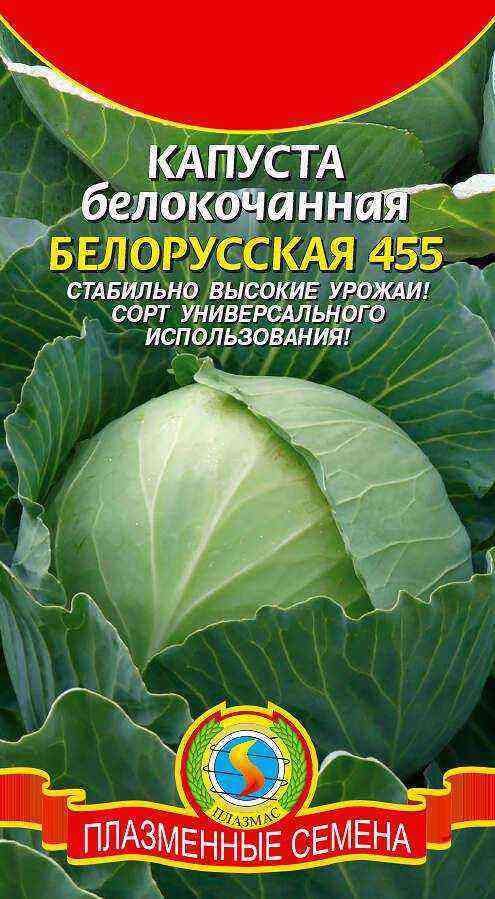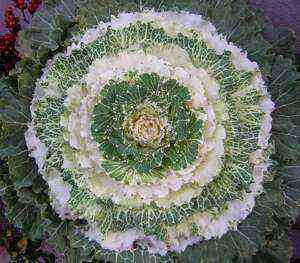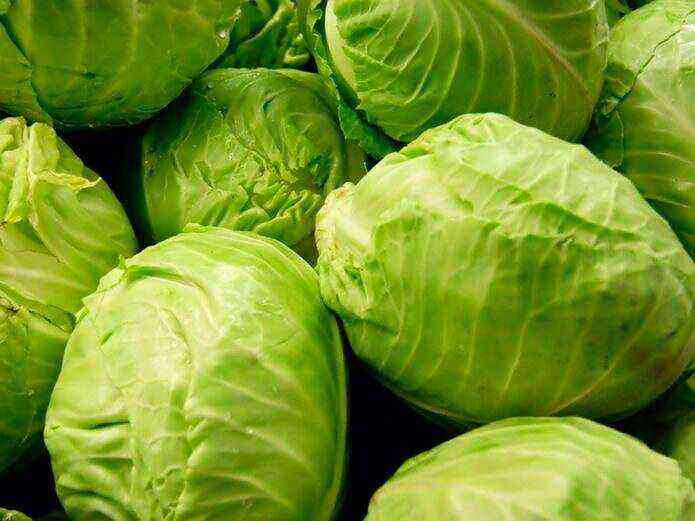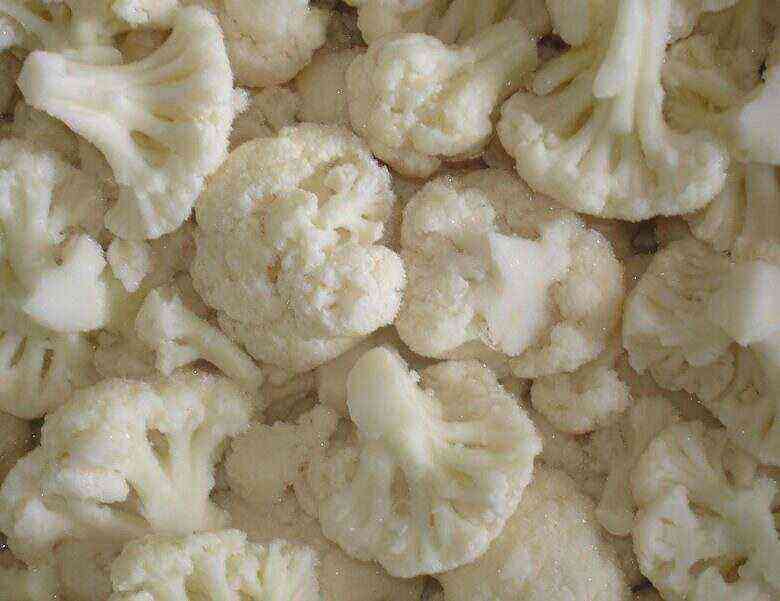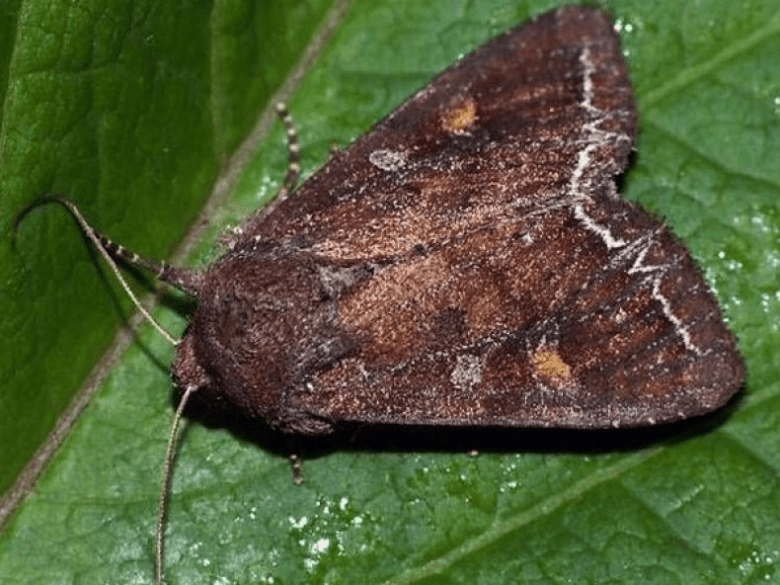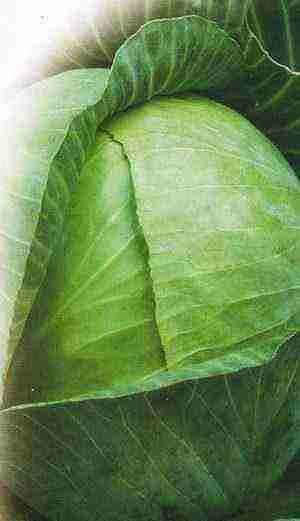Those summer residents who in June made the next crops of early cabbage, collard, Chinese, broccoli, can collect juicy tops down to freezing temperatures. Late varieties in warm and dry weather in September require systematic irrigation, and all types of cabbage, right up to the collection itself, require inspection of the heads and elimination of pests. especially, butterflies and slugs are stubborn in autumn.
Irrigation of the late variety stops 14 days before harvest. Harvested late ripe varieties after stabilization of cold weather with degrees of -4-6 C. Cauliflower cabbages should be covered with inflorescences of the same flower 14 days before harvesting. Then they will not crack, will not lose elasticity and will be light.
To raise the fertility of late-ripe Brussels sprouts in September, you need to pinch it at the beginning of autumn, eliminating the development zone at the crown. Weeds need to be pulled out well in the fall, since they are where parasites gather.
If September turned out to be warm, then aphids can cause great damage, so you need to take good care of it. In autumn, the heads can easily deform due to fluctuations in humidity, so the combination of irrigation and rainfall must be equal. You also need to observe the appropriate moisture content of the soil under the crop.
Feeding cabbage after sowing: key points
Beginners need to understand that they need to feed the cabbage already at the time of growing the seedlings. But at the time of development of the vegetable, he receives the main role after sowing seedlings on the site, because in the ground the flower is faced with difficult situations that passed him by in protected apartment conditions.
In addition to parasites, cabbage has to adapt to temperature fluctuations, winds, precipitation, sunlight, as well as to a new land with a special content.
Everyone knows the traditional version of cabbage feeding: a special emulsion of a valuable component in a specific dosage is added under the root so as not to injure the leaves and the flower stem. But recently, summer residents have been using foliar nutrition, after which the flowers show an intense push in the ripening of inflorescences.
Irrigation of the entire site is a difficult process and makes you troubles, but the appearance of the vegetable after such events will bring joy. In general, summer residents must choose the type of feeding that is suitable for themselves.
Stages of feeding cabbage in the ground
After sowing seedlings in the ground, you need to complete four stages of feeding, each of which must support the flower at a new stage in its life. If you do everything on time and use only reliable means, then this will allow you to get proper care and a 100% result – elastic cabbage heads in the fall.
The first feeding is performed 15 days after the green beauty is transplanted into the ground. A suitable method would be to use a mullein mixture. If there is no such remedy, then a mixture of mineral fertilizers is suitable.
30 days after sowing the vegetable, you need to perform another feeding with the same infusion of mullein, which has a positive effect on the flower and helps it grow stronger.
If there is no mullein, then bird droppings, nitrophoska solution can be used. The third step is to improve the creation of the head. For this, a pre-prepared mullein mixture with superphosphate is used. For the mixture to work better, you can make a larger feeding dosage for an individual root.
The last feeding is performed by the same means, but it is appropriate in case of wilting or flower disease. It is also suitable for late ripe varieties, so that the cut vegetable lies in its original form for a long time. For this, potassium or coal solution is used.
Substances for feeding cabbage
Keeping fruit in the ground is a long and laborious job that must be paid for by the resilient heads of the vegetable. In addition to organic agents and coal, active chemistry-based sorbents can also be used to maintain the vegetable. In order to properly care for cabbage, you need to know which valuable microelements are required for a flower:
Nitrogen complexes are required in order for the green beauty to increase the corresponding amount of greenery.
Saltpeter based on ammonia and ammonium sulfate should be used in dosage so as not to harm both the vegetable and those who will then use it.
Feeding it with urea brings results only at the time of seedling cultivation.
Phosphorus-based feeding should be done at the last stage of vegetable formation.
Superphosphate plays an important role at the time of head development, but caring for healthy inflorescences with this substance is not encouraged.
Potassium-based products are essential for creating heads and a healthy looking bud. The lack of potassium is evident: the cabbage, which needs such feeding, is weak, dim and sluggish.
In addition, ready-made effective complexes such as the Force of Life and Agricola can be used to feed cabbage.
How to eliminate enemies?
Timely elimination of parasites is considered a key role in the care of cabbage. Many summer residents prefer to use folk recipes that are very effective. For example, you can add garlic to the holes, which will scare the cabbage fly, and bay leaf and nutmeg will eliminate aphids.
You can remove enemies by landing any fragrant herbs around the perimeter of the site so that the vegetable is 100% protected from slugs and butterflies.
With parasites on the inflorescences, cabbage will not become a full-fledged flower and will not be able to create an elastic head, so you can use infusions of burdock inflorescences, onion peels or tomato greens, which will quickly eliminate pests.
To fight the harvest effectively and get healthy cabbage in the fall, you need to devote more time to expert advice, trust proven means and love the flowers that are being cared for. You need to take care of it with love and fully, because only in this way can you help cabbage as efficiently as possible.
